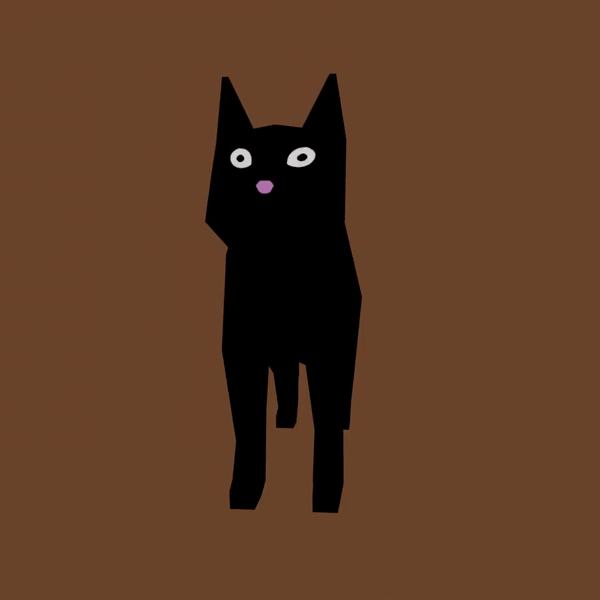The best place to start is to talk about Ta-Nehisi Coates’ book Between the World and Me. A book meant as a letter from father to son. A discussion of things like code switching to fit into roles in the professional arena and the streets, “the Dream” white folks benefit from, the negligible value of social class in preventing hate crimes, tradition of optimism in black Christianity, and white supremacy. Overall, it is a book about one man’s experience with the system in America. A harsh yet real experience; a realization that the system ensures that there will be no set path to grow beyond your skin color because you will always visibly be different. An expression of frustration with the fact that no matter what ideas of optimism and eventual justice are preached, there will always be a difference and a reason to be looked down upon. This book doubts change and optimism and is not afraid to express that.
This book is a powerful piece and a testament to the realism and importance of thoughtful personal experience. It pairs well with concepts seen in Hoop Dreams. This piece is not focused on race, but it is inherently about race. It is visual evidence of the system and what it does to people. These kids are both set on a path to supposedly rise above their station and go big into careers in basketball. Their paths vary. Their families suffer different financial circumstances due to both the directions the system feeds them into. One father becoming a drug dealer to make ends meet, and it’s the thing funneled into the projects and practically ensuring that people don’t easily escape the projects. The government does not assist in a meaningful way, and the private school only assists if there’s something about the kid that they could benefit from. There’s a clear difference in the environments of the private school, predominantly white, and the public school. The teachers at the public school, predominantly black, state out loud just exactly what the privileged religious private school is doing. It’s blatant talent drain from the projects when there are recruiters with eagle eyes looking for skilled black kids. This piece, with all its evidence of what Ta-Nehisi Coates was talking about in his book, finds itself different because of its optimism about rising above your station and making something about yourself. The title alone expresses that idea.
The last piece, Will and Harper, is the most tonally different from Between the World and Me; it’s optimistic. It does not ignore the negativity of the world, emphasizing the discussions of what you don’t know about politicians, how people react and sling hate behind the shield of the computer, and the fear of being true to oneself because of what people think. It’s a realistic and somewhat optimistic perspective just as Hoop Dreams is. Marginalized groups are different, but at the same time they still exist and have the right to exist unabashedly. People will be discriminatory in subtle and abrupt ways. The system bred its ideas of normal, and people will react according to that or discordant from that. Either way, there is always a relationship with the system. Both BIPOC and LGBTQIA+ will always have a net disadvantage despite other factors. Concepts of what is “Normal” and “Good” are what make marginalized groups so marginalized. It’s a shame to say that people will take one look and immediately think less of you, but Coates was right; the communities you’re apart of—whether LGBTQIA+ or BIPOC—will always impact you because of the system.
